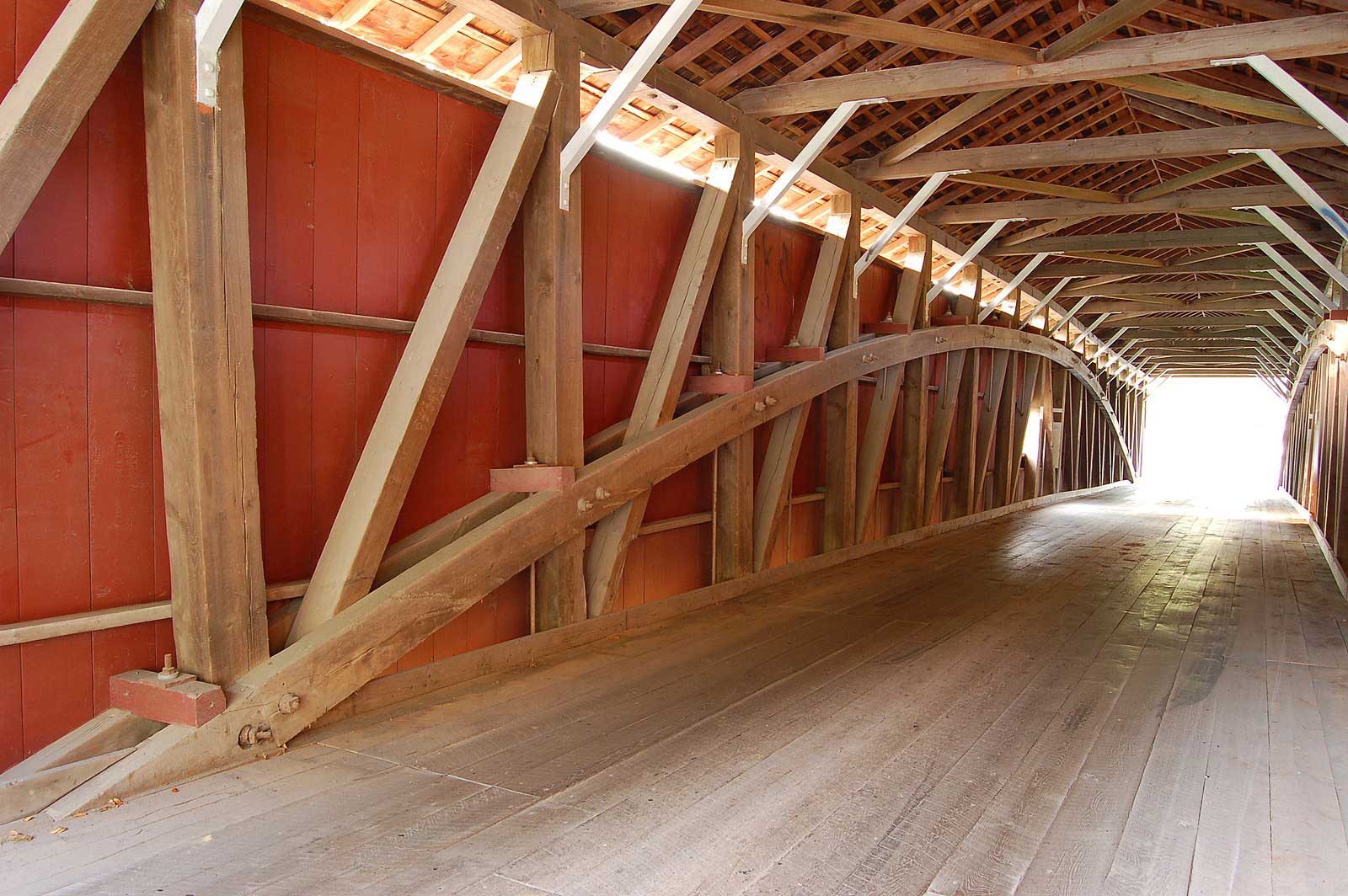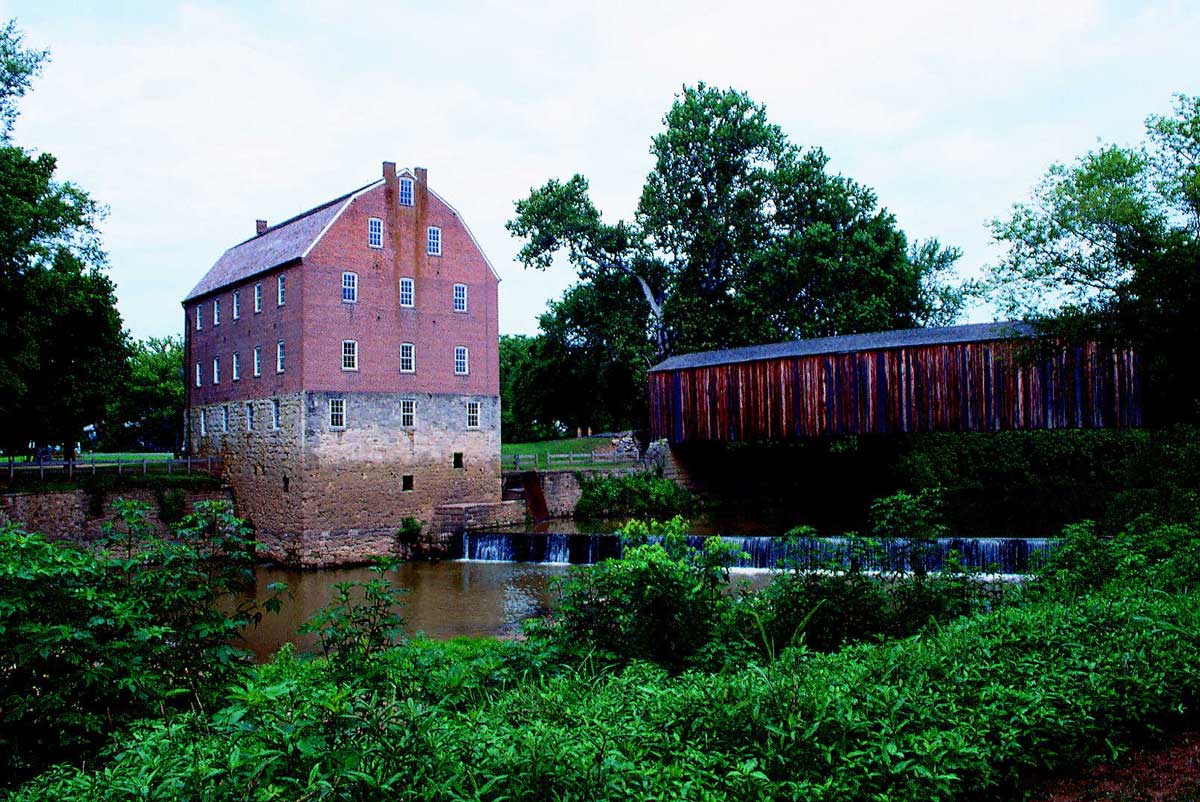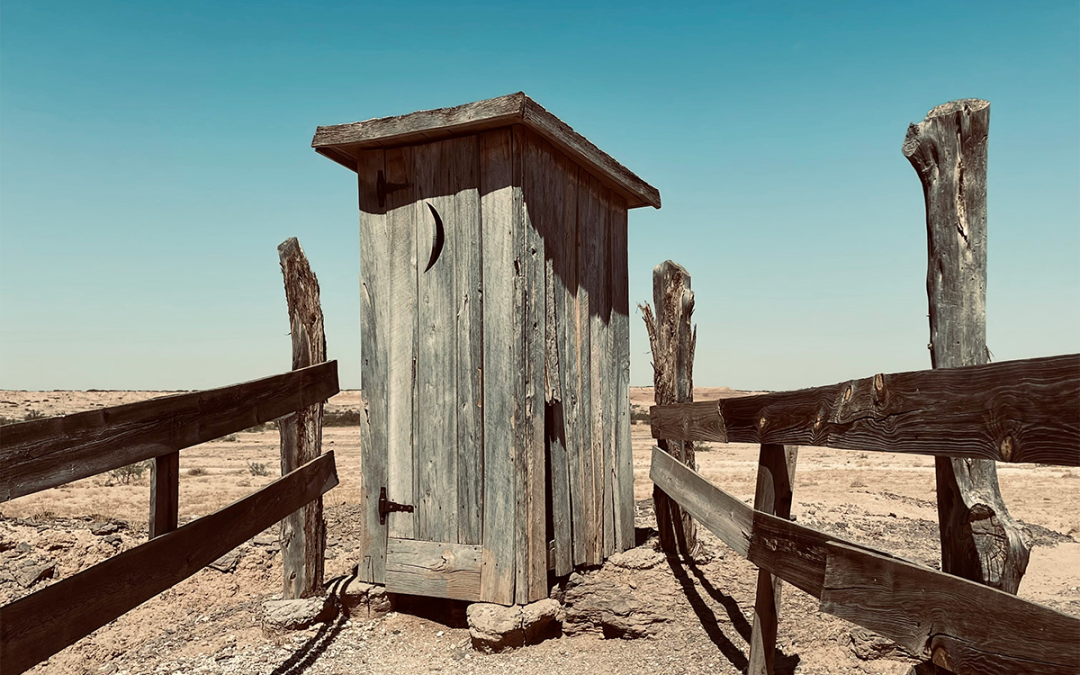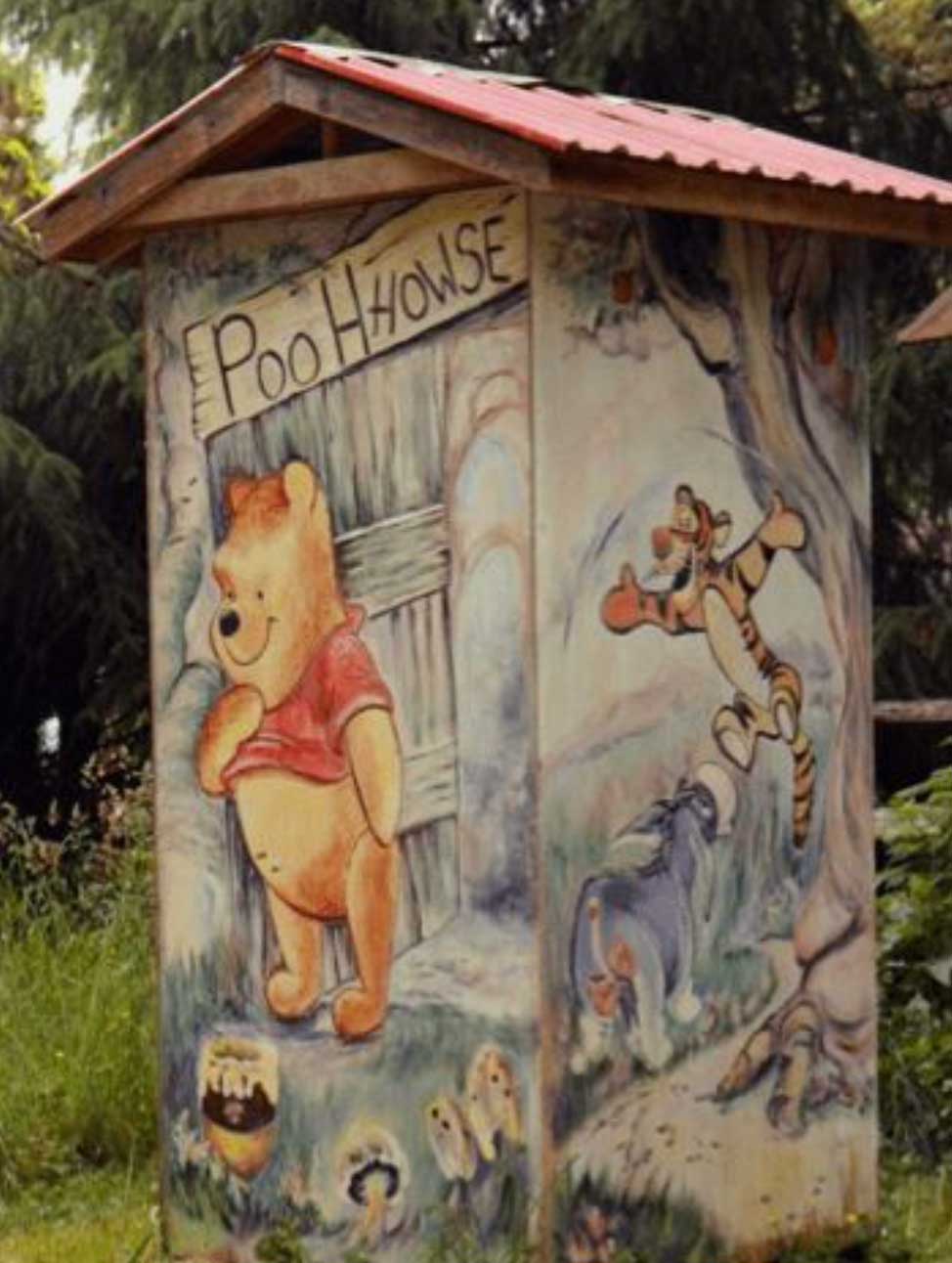
A real cut-up Jack-o’-lanterns bring whimsy, fright to Halloween
Treasure your creatively-carved jack-o’-lantern while you can – they’ll begin to get soft and moldy after roughly three to five days. (Image courtesy of Manicpumpkincarvers.com)
October 2024
Cover Story
A real cut-up
Jack-o’-lanterns bring whimsy, fright to Halloween
by Corbin Crable
One centuries-old Halloween tradition
One centuries-old Halloween tradition – the carving of the jack-o’-lantern – has illuminated cold autumn nights for hundreds of years, and it’s an image synonymous with the spooky holiday.
Not pumpkins, but turnips
We can trace jack-o’-lanterns back to Europe in the mid-1600s; back then, they were simply referred to as a lantern – vegetables such as pumpkins and turnips whose insides were scooped out and the exterior carved with rudimentary shapes and designs, from which a candle placed inside the hollowed-out item would glow. Later called ‘jack-o’-lanterns,’ the origin of their name is a mystery – it may have referred to night watchmen working in England; or it may have come from an Irish folktale about Stingy Jack, a drunkard who loses a bet with the devil and is doomed to wander the Earth using only a hollowed turnip to light his path ahead.
Regardless of where their name came from, these lanterns were created for the purpose of warding off evil spirits; in the beginning, they were left on windowsills instead of outside one’s front door.

Jack-o’-lanterns are meant to evoke a sense of Fear
Most Jack-o’-lanterns are meant to evoke a sense of fear or unease; before pumpkins were carved up, Halloween revelers used turnips. Image courtesy of Pinterest
Here comes harvest time
Here in North America, ‘jack-o’lantern’ first appeared in written form around 1837 and was associated with the harvest season, not Halloween. The link between the jack-o’-lantern and Halloween began in 1866. The following appeared in a Canadian newspaper:
The old time custom of keeping up Hallowe’en was not forgotten last night by the youngsters of the city. They had their maskings and their merry-makings, and perambulated the streets after dark in a way which was no doubt amusing to themselves. There was a great sacrifice of pumpkins from which to make transparent heads and face, lighted up by the unfailing two inches of tallow candle.

Keep your jack-o’-lantern from Softening
To keep your jack-o’-lantern from softening and sagging too quickly, try this treatment: fill a spray bottle with a solution of one tablespoon bleach per quart of water. Spray interior and cut surfaces liberally, allowing it to penetrate and dry. This formula is said to kill off surface bacteria and mold that can lead to rot. (Image courtesy of The Farmer’s Almanac)
Jack-o’-lantern Featured
Just less than two decades before, the jack-o’-lantern featured prominently in author Washington Irving’s short story “The Legend of Sleepy Hollow,” which told the tale of a schoolteacher’s frantic pursuit by what is assumed to be the ghost of a Revolutionary War soldier who was decapitated in battle and whose head was replaced by a jack-o’-lantern. The teacher is presumed to be missing the next morning, and the only “evidence” of the pursuit is a smashed jack-o’-lantern nearby.
Pumpkins would be the new crop that began to be used in the U.S. with the wave of Irish who immigrated there in the 1840s due to Ireland’s potato famine.
“They arrived in America to celebrate Halloween and were able to find a very particular new world crop that was much larger and easier to carve than their root vegetables of home; the winter squash, the most famous of which is a pumpkin,” according to an article published by Andrew Huntley of the Carnegie Museum of Natural History.

In Literature
Jack-o’-lanterns have been found in literature for more than two centuries, including in the title character in the book “Jack Pumpkinhead of Oz,” written in 1929. The character also was featured heavily in the 1985 film “Return to Oz.” (Image courtesy of Wikimedia Commons)
A spooky squash
By the mid-19th century, jack-o’-lanterns carved from turnips and pumpkins had found their way into folklore and literature and were commonplace; in 1867, the relatively new medium of photography captured the first image of a jack-o’-lantern; the photo was published in Harper’s Weekly. And starting in 1842, magazines began printing instructions on how to carve pumpkins with different kinds of faces.
Before the tradition of mischievous kids and teens dashing the jack-o’-lanterns to the ground began, those same youths would use the carved pumpkins to frighten others.
“Before Halloween was widely celebrated in the United States, kids started taking pumpkins — which were overwhelmingly plentiful during the months of September and October — and carving faces into them. After sticking a candle in the pumpkin to light it up, kids would run around, frightening people with the spooky-looking objects,” according to an October 2018 article by TIME Magazine.
Though the holiday of Halloween began being celebrated in North America in the mid-19th century, the holiday was mostly meant for adults and considered much too scary for kids. By the early 1900s, that had started to change, however, and by the mid-20th century, families began to throw lavish Halloween parties, complete with games like bobbing for apples and paper decorations from companies like the Dennison Paper Co. Between 1912 and 1934, Dennison published an annual catalog that included Dennison products and ideas for Halloween parties.

Carving isn’t just for pumpkins
Carving isn’t just for pumpkins – when it comes to decorating for Halloween, any type of squash will do. (Image courtesy of Getty)

Pay tribute to a Beloved Pet
Not all jack-o’-lanterns are meant to scare. Some simple designs may pay tribute to a beloved pet. (Image courtesy of Getty)
Don’t forget to snack on those seeds
With the arrival of a more family-friendly Halloween season, pumpkin carving began to become a family affair, teaching children how to fine-tune their motor skills and use their imagination. While carving your pumpkin into a bonafide Halloween jack-o’-lantern, roasting pumpkin seeds can add a tasty element to the carving process, though the cleaning of the seeds can prove laborious. One of many easy pumpkin seed-roasting recipes can be found at www.tasteofhome.com/article/roast-pumpkin-seeds.
Outrageous Pumpkins
Outside of the home, pumpkin-carving contests allow novice and veteran carvers alike to test and show off their skills to audiences. The most well-known of those can be found on The Food Network – “Outrageous Pumpkins,” in which carvers vie for a $25,000 prize.
“’Outrageous Pumpkins’ is not just another carving competition; it’s a revolutionary display of artistry, craftsmanship, and the sheer power of imagination. This vibrant reality show unfolds on the Food Network and elevates the age-old autumn tradition of pumpkin carving into a competitive spectacle,” reads a description of the program. “Witness elite carvers from across the nation push their creative boundaries to craft the most astounding jack-o’-lanterns ever seen. With a perfect blend of classic designs and audacious 3D carvings, ‘Outrageous Pumpkins’ stands unparalleled in its endeavor to reimagine and redefine the art of pumpkin sculpting.”

Grogu (“Baby Yoda”) creation
Instagram user @bluemilkmama made this Grogu (“Baby Yoda”) creation with her kids, proudly showing off their love of “Star Wars” to their followers. (Image courtesy of Instagram/@bluemilkmama)

Likeness of President Abraham Lincoln
Artist Mark Ryden carves a jack-o’-lantern in the likeness of President Abraham Lincoln. (Image courtesy of Manicpumpkincarvers.com)
It’s not too late to learn
And if you’re new to the art of carving up a jack-o’-lantern but don’t have any courses being offered in your area, you’re in luck – a business called Manic Pumpkin Carvers offers an online workshop for beginners later this month.
Live Pumpkin webinar
The live pumpkin webinar – only for beginners – is $15 and takes place from 3 p.m. to 4 p.m. Sunday, Oct. 29. To register, visit www.maniacpumpkincarvers.com.
When you’re finished carving up your scary squash and ready to leave it on your porch, keep in mind that completed jack-o’-lanterns will look their best for three to five days before they begin to soften, get moldy, and spoil, according to Good Housekeeping.
We’d also love to see your Halloween jack-o’-lantern creations. Send photos of yours to editor@discovervintage.com.

Professional pumpkin carver Ray Villafane
Professional pumpkin carver Ray Villafane has made pumpkin carving a business, creating entire works of art in his Arizona-based studio. (Image courtesy of Villafane Studios)






































